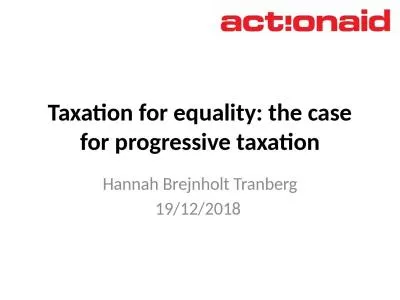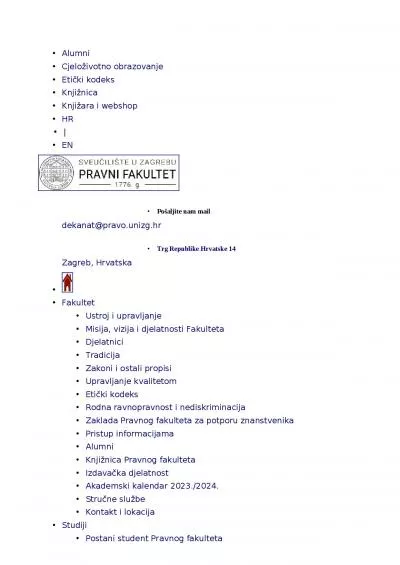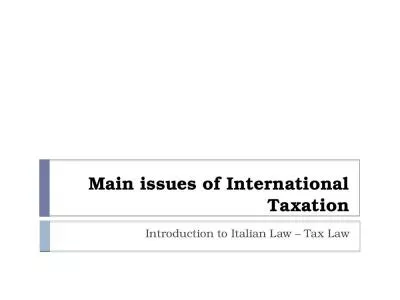PPT-Design: Taxation MICROECONOMICS
Author : debby-jeon | Published Date : 2018-03-19
Principles and Analysis Frank Cowell July 2017 1 Almost essential Design Contract Prerequisites The design problem The government needs to raise revenue and it
Presentation Embed Code
Download Presentation
Download Presentation The PPT/PDF document "Design: Taxation MICROECONOMICS" is the property of its rightful owner. Permission is granted to download and print the materials on this website for personal, non-commercial use only, and to display it on your personal computer provided you do not modify the materials and that you retain all copyright notices contained in the materials. By downloading content from our website, you accept the terms of this agreement.
Design: Taxation MICROECONOMICS: Transcript
Download Rules Of Document
"Design: Taxation MICROECONOMICS"The content belongs to its owner. You may download and print it for personal use, without modification, and keep all copyright notices. By downloading, you agree to these terms.
Related Documents

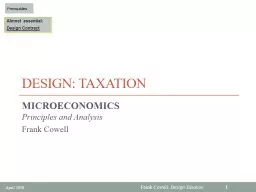
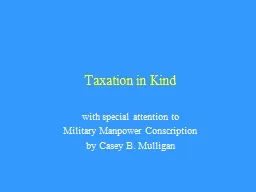
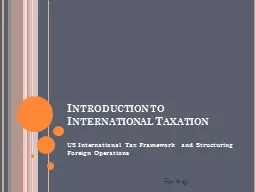
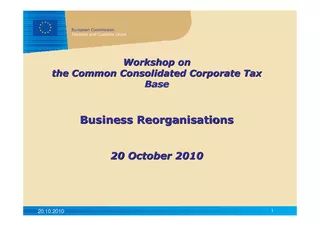
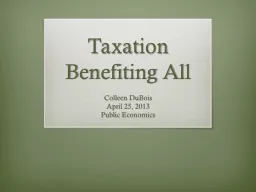
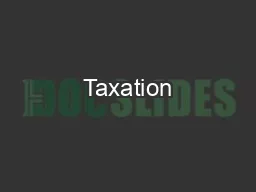

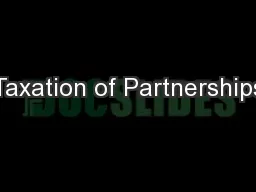
![[EPUB] - AP Microeconomics/Macroeconomics with 4 Practice Tests (Barron\'s Ap Microeconomics/Macroeconomics)](https://thumbs.docslides.com/902858/epub-ap-microeconomics-macroeconomics-with-4-practice-tests-barron-s-ap-microeconomics-macroeconomics.jpg)
